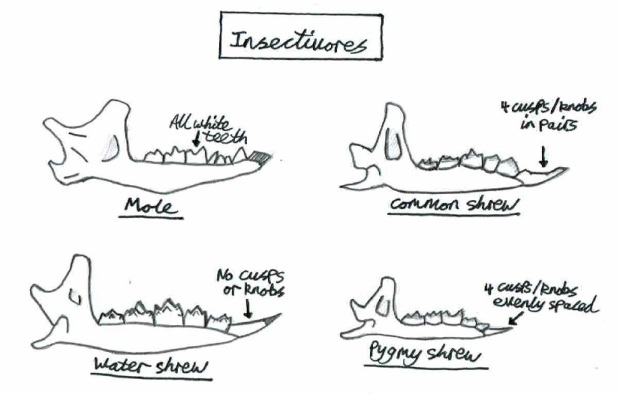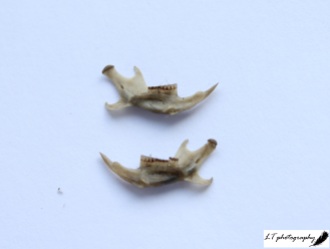Floating above the ground on silent wings. A white ghost standing out against the murky dark of dusk. Swooping to a stop on a standing post. Watching, waiting, listening for a rustle in the grass, before moving on. The reticent guardian of twilight – Original piece, September 2019
Though they can be found in a variety of habitats, the majestic Barn Owl (Tyto alba) traditionally conjures up the image of a ghostly shape floating through a farming landscape. Excitingly, they have now made their return to the farmland I call home, and we are lucky enough to have regular sightings of these birds. Previously, they have featured multiple times on this blog, with the last time being in my post ‘Barn Owls in the depths of Dorset’ from September last year. Now as part of my popular ‘How to…’ series, it is time for them to take centre stage once again, and for us to take a look at one of their more unusual sides.
Hunting on silent wings, the Barn Owl can be found at the top of the food chain, feeding mainly on rodents and shrews. Like most other birds, Barn Owls naturally produce pellets, thumb-length ovoid or sausage-shaped masses, that are regurgitated and ejected from the beak. It takes a Barn Owl about 6 to 8 hours to produce a pellet, with 1-2 being produced per day. As Barn Owls tend to swallow their prey whole, these pellets contain the parts of their diet that cannot be digested, such as bones, and are encased in softer material, such as fur. As pellets do not pass through the intestines like droppings, they are in fact odourless!
Pellets are one incredibly important source of information for the naturalist and scientist. They can tell us what a bird has eaten, how many different prey species and individuals have been caught, an individual’s hunting habits, and even information on its habitat. In this way, they allow us to play detective, giving us a really amazing insight into the world of the Barn Owl.
Dissecting Barn Owl pellets is an unusual but fascinating activity, in which you never know what you may find. Previously pellets have featured on my blog in a 2016 post called ‘Barmy about Barn Owls: Owl pellets’, where I took a brief look at the Barn Owls now living on my family’s farm and had a go at identifying the species that the Barn Owls had been eating. Now I want to pass on what I have previously learnt and help you to play detective too, dissecting and analysing your very own pellets. Read on to find out more!
Dissecting Barn Owl pellets
- To begin with, you will need to find some Barn Owl pellets. You can interestingly buy Barn Owl pellets online, but I think that it is more fun to go out and find your own. The best place to find pellets is either at a nesting or roosting site, such as a barn or old tree. The pellets are uniform in colour, black drying to grey, and are usually a couple of inches long. Fur and bones will also be noticeable within them.
- Once you have found yourself at least one Barn Owl pellet, it is up to you to decide if you soak them first before dissecting. I find soaking them makes them easier to tease apart and extract bones intact, but it makes the job a little messier too! If you choose to soak them, place them in a pot of water for half an hour to a couple of hours before dissection.
- Next, take a pellet and blot the excess water off its surface, before placing it on a hard surface, such as a tray. Now you can begin to tease the pellet apart using tweezers, taking care not to miss any bones. As you find one, carefully remove it from the pellet, and place it separate from the main mass. Do not be worried if you come across grubs in the pellets, as these are simply the larvae of Clothes Moths that feed on the softer material of the pellet, such as the fur.

- Once you are sure that you have removed all the bones, carefully clean them using water with a bit of mild disinfectant,
Analysing Barn Owl pellets
Identifying types of bones
To begin with, take a look at all the bones from the pellet together. Some of the bones will be easily recognisable to you, like the skull or lower jaw, but others will look a little more odd. Once you have an idea of some of the bones, try to identify the more obscure with some help.
Here’s a general example of some bones, Vole to be precise, to give you an idea of where each bone may be found in the body. In different species though, such as shrews, be aware that the bones may vary in size, shape and detail to these.

Identifying species
Now you have a good idea of the bones that can be found in your pellet, it is time to take a look at the skull and lower jaw bone halves in more detail.
You will tend to find 2 groups of species in Barn Owl pellets: the insectivores and rodents.
For an insectivore, all the teeth are small and pointed and are found in a continous row. This is because they feed on insects, and need teeth that are able to break up their prey’s tough chitinous bodies.
A rodent on the other hand has two main types of teeth – the gnawing teeth (incisors) and the cheek teeth. These are separated by a notable gap.

If you find the skull or jaw bones of an insectivore, it will most likely be that of a Shrew, or even possibly a Mole. You can work out if it is that of a Shrew by taking a look at the colour of the teeth, as they will have red tips. This is from iron found in the enamel that adds to their strength. There are then 3 British shrew species that you could find (Water, Common and Pygmy), which all vary in their jaw size and shape of the lower end tooth (the incisor).

If you find a rodent skull, then there are a few more choices. Take a look at the cheek teeth of the lower jaw bone and see if there are grooves on the sides of the teeth and if there is a zigzag pattern across their top surface. If so, then this is most likely one of 3 species of Vole.
For a Water Vole, the size of the lower jaw bone is a give away, with the species being the largest of the 3, otherwise you will need to extract one of the cheek teeth from the jaw. Bank Vole cheek teeth have a more rounded zig-zag pattern, with two small roots, and grooves that do not run all the way down the teeth. Field Voles on the other hand have a sharper zig-zag pattern, grooves running to the base of the teeth, and no roots at all.

If the rodent’s cheek teeth look more ordinary with cusps (knobs), then the lower jaw or skull belongs to a Rat or Mouse. A large lower jaw will belong to a Brown Rat, whereas a small jaw will belong to a Mouse.
If you have a skull for a Mouse, then you can also attempt to identify the exact species. First, extract the front cheek tooth of the skull and then take a look at the number of holes (sockets) left behind. Five sockets means Harvest Mouse, four means Wood or Long-Tailed Field Mouse, and three means House Mouse.
How did you get on?
For some extra help analysing the contents of the pellets, you can find some other great ID guides and matrices online. For example head over to either the RSPB or Barn Owl Trust websites for more information.

Important:
- Make sure you always ask a landowner’s permission before entering private land, and be careful.
- Do not disturb Barn Owls at their breeding site, as they are protected by law making it illegal to do so.
- Always wash your hands after handling pellets or their contents, or consider wearing gloves.
























